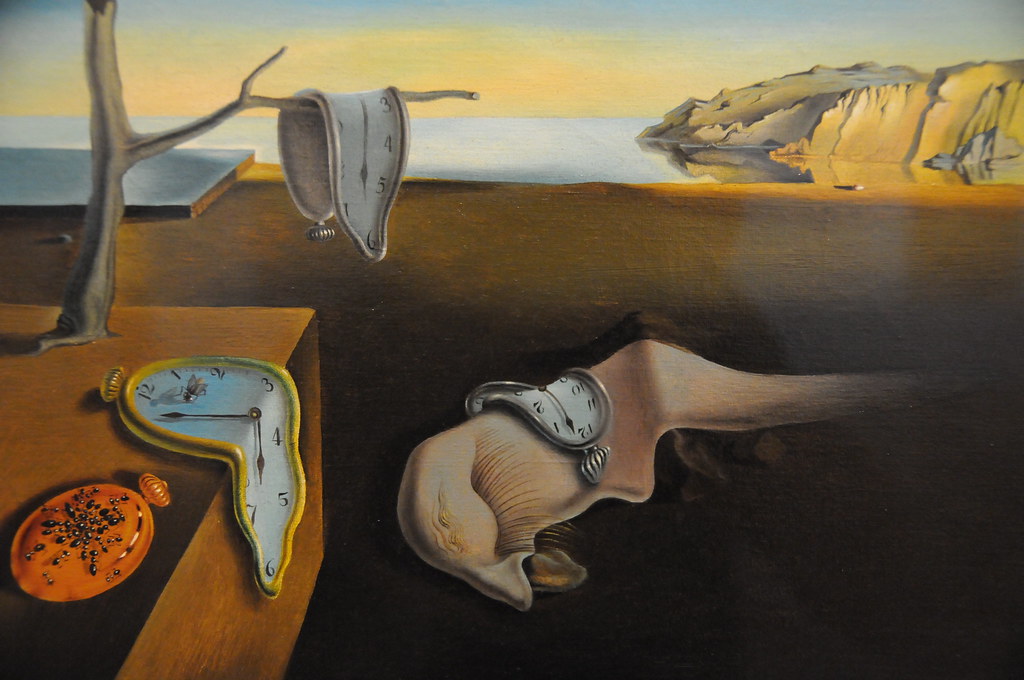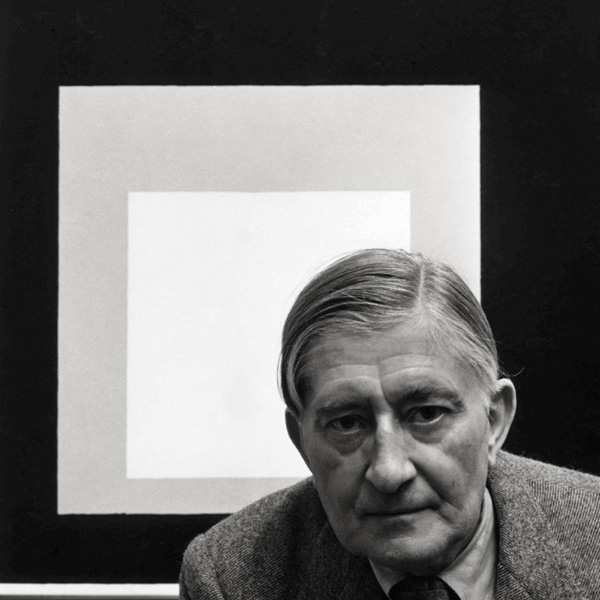With its strange subject matter and dream-like atmosphere, Salvador Dalí's masterpiece, The Persistence of Memory, has become a well-known symbol of Surrealism and one of the most famous paintings in the world. Painted during the Dada-inspired movement, the melting-clocks-masterpiece embodies the sensibilities that define the experimental and eccentric genre.
To contextualize the iconic piece's place in art history, one must understand its unique influences, examine its symbolic content, and appreciate the artist's avant-garde approach to its creation.
Who Was Salvador Dalí?

Photo of Salvador Dalí by Carl Van Vechten, 1939 (Photo: Library of Congress via Wikimedia Commons, Public domain)
Salvador Dalí (1904–1989) was a Spanish avant-garde artist best known for his contributions to the Surrealist movement. Although he explored a variety of mediums during his lifetime, including sculpture, printmaking, fashion, writing, and even filmmaking, Dalí’s paintings stand out as particularly epochal. In particular, the artist developed his own visual language for depicting his own inner world, dreams, and hallucinations.
When Was The Persistence of Memory Created?
The Persistence of Memory was painted in 1931, at the height of the Surrealist movement. During this time, innovative artists explored ideas of automatism and the self-consciousness in their work. This experimental approach to art culminated in a tendency toward peculiar subject matter that evokes dreams and challenges perceptions.

Salvador Dalí and Man Ray in Paris, 1934 (Photo: Carl Van Vechten / Library of Congress)
As a key figure of the movement, Salvador Dalí delved deep into this artistic mindset, which he viewed as revolutionary and liberating. “Surrealism is destructive,” he explained, “but it destroys only what it considers to be shackles limiting our vision.”
When Dalí painted The Persistence of Memory, his artistic practice was guided by the peculiar “paranoiac-critical method.” Developed by the artist in 1930, the technique relies on self-induced paranoia and hallucinations to facilitate a work of art. This method was particularly instrumental in the creation of Dalí's “hand-painted dream photographs,” a collection of works that are stylistically rooted in realism yet unrealistic in their subject matter.
The Persistence of Memory‘s Iconography
Though set in a realistically-rendered landscape, The Persistence of Memory features bizarre subject matter evocative of a dream. While the actual inspiration behind the scene is up for debate (art historians recall Einstein's theory; Dalí comically mentioned Camembert cheese), the odd iconography of the painting is characteristic of the Surrealist movement.
Melting Clocks
A set of melting clocks—or “soft watches,” as many Surrealists have called them—are scattered across the composition. These fascinating timepieces appear to have lost their integrity, as they're limply draped over a tree branch or sliding off of an ambiguous platform. A single pocket watch, which remains closed, retains its structure, though an army of ants ominously cover its case.
Anthropomorphic Form
Perhaps the most perplexing part of the scene is an anthropomorphic mass sprawled on the ground. This face-like figure is thought to be a self-portrait of the artist. This interpretation is fitting, as Dalí is known for both his unconventional self-portrayals, like Soft Self-Portrait With Grilled Bacon, and his one-of-a-kind depictions of not-quite-human faces, like the figure in his painting, Sleep.
Familiar Landscape
While the rocky landscape in the painting's background may look like any ambiguous natural formation, it is actually inspired by Dalí's native Catalonia. Specifically, the coastal cliffs represent Cap de Creus, a peninsula close to the artist's home.
Additionally, the triangular shadow that appears to crawl across the canvas is believed to be cast by Mount Pani, a mountain near the Dalí family's beloved summer home. A reference to this peak has also popped up in View of Cadaqués with Shadow of Mount Paní, an early Dalí painting that depicts an idyllic Mediterranean town from Mount Pani's summit.
What Does Dalí's “Melting Clocks” Motif Mean?
While Dalí completed The Persistence of Memory at just 28 years old, he continued to revisit the painting's popular melting clock motif for decades. This prevailing theme is apparent in several painted, printed, and sculpted pieces from later in the artist's career.
While art historians have hypothesized that Dalí's melting clocks allude to the “omnipresence of time,” Dalí himself gave a very different interpretation, explaining that they were inspired by melting Camembert cheese. Some scholars also speculate that the distortions of these clocks are a reaction to the dreamscape of these otherworldly paintings.
Painting
Dalí created The Disintegration of the Persistence of Memory in 1954. As made clear by both its title and its content, the painting is a reinterpretation of the classic canvas. While the composition is roughly the same, the scene has been submerged in water and the foreground has been separated into a grid of blocks. Additionally, though the “soft watches,” bare tree, face-like form, and craggy coastline appear in the piece, several new subjects—including a fish and a series of missile-like horns—have been curiously introduced.
To Dalí, revisiting existing subject matter was an intrinsic aspect of his art, as he claimed: “those who do not want to imitate anything produce nothing.”
Lithography
Dalí also included iconography from The Persistence of Memory in his later lithographs. Specifically, he incorporated melting clocks in Time Suite, a series of prints. Created in 1976, this collection was inspired by jewelry, and includes six lithographs: Tear of Time, Stillness of Time, Desert Watch, Desert Bracelet, American Clock, and Barometer Woman.
Sculpture
In addition to painting, Dalí is also known for his surreal sculptures. Throughout his career, he designed several sculpted works inspired by his melting clocks. Today, limited edition reproductions of these pieces are available for purchase, and large-scale versions are installed in public areas for all to enjoy.
The Persistence of Memory Today
Since 1934, The Persistence of Memory has been housed by the Museum of Modern Art in New York City. Fittingly, the curious painting has a perplexing provenance, as it was gifted to the museum by an anonymous donor. Now, thanks to this mysterious donation, The Persistence of Memory has been a highlight of the museum's holdings for over 80 years—and will undoubtedly remain in the collection for generations to come.
This article has been edited and updated.
Related Articles:
Quirky Salvador Dalí Doll Includes Interchangeable Mustaches and a Melting Clock
Photographer Recreates Philippe Halsman’s Iconic 1948 “Dalí Atomicus” Image
Modern Artists Reimagined as Traditional Japanese Kokeshi Dolls
Salvador Dalí’s Eccentric Cookbook Is Being Reissued for the First Time in Over 40 Years




























































































